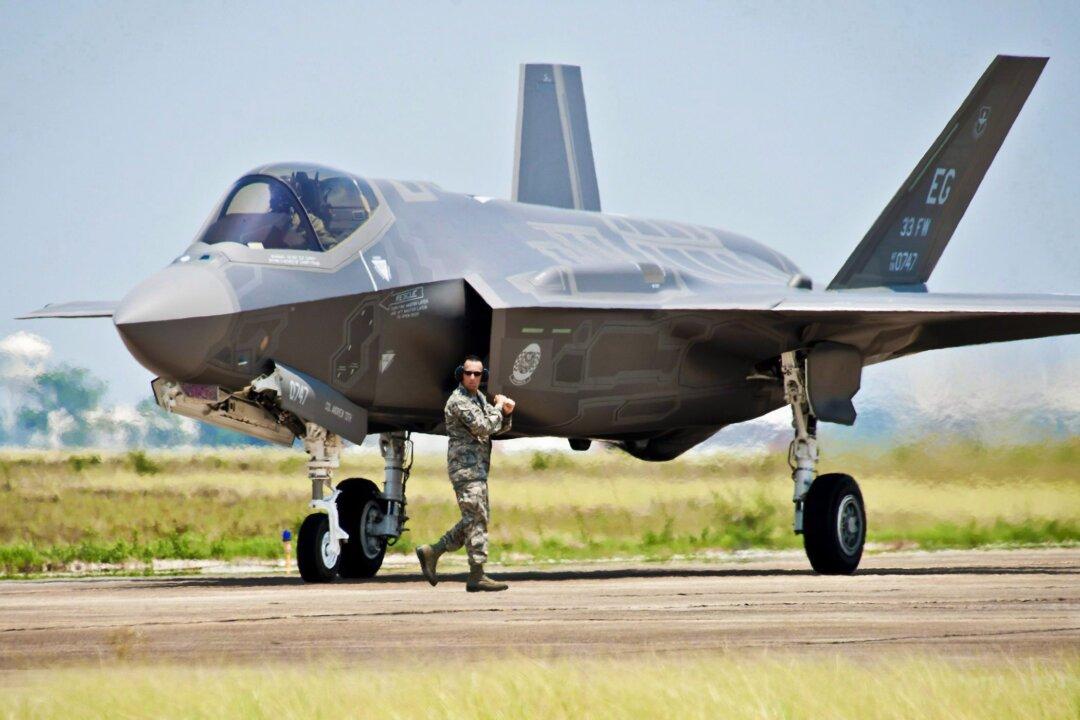Edward Snowden released slides recently from an allegedly classified Powerpoint presentation to German newspaper Der Spiegel. The documents show that 50 terabytes of classified F-35 Joint Strike Fighter information was stolen from the U.S. government contractor.
Fifty terabytes of classified data is like $50 million in gold; both are kept in a secure bank vault. If someone wanted to rob a bank vault, the only way they'd be able to get it out, is through the front door.
Could it be possible the data was intentionally leaked to the Chinese as a way to fool them into investing hundreds of billions of dollars into a stealth fighter that is already outdated or has had its stealth capabilities compromised by innovations in radar technology?
We Have Given Faulty Information to Communist Spies Before
The United States has purposefully allowed corrupted data to fall in the hands of less-than-friendly communist regimes in the past.
In 1982 the CIA got wind of Soviet KGB spies stealing data on Canada’s natural gas pipeline designs and leaked them faulty designs that caused a huge explosion in part of the Soviet pipeline, costing them millions of dollars in repairs and redesign.
Thomas Reed wrote in his 2005 book At the Abyss: An Insider’s History of the Cold War, “The pipeline software that was to run the pumps, turbines, and valves was programmed to go haywire, to reset pump speeds and valve settings to produce pressures far beyond those acceptable to the pipeline joints and welds. The result was the most monumental non-nuclear explosion and fire ever seen from space.”




